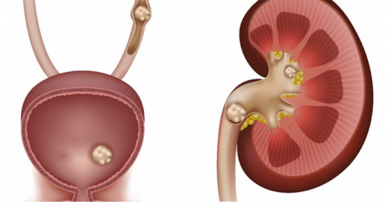Hypospadias
Hypospadias is the urine orifice in men below where it should normally be. In these cases, there is no foreskin development in the front of the penis. For this reason, it is named in the society as prophet circumcised, congenitally circumcised and half circumcised. It is found in 1 of every 250 births. Although the exact cause is unknown, it is known that the fetal penis develops in the womb because of the lack of certain hormones that are required. The frequency increases in deliveries after IVF treatments. The presence of hypospadias in the sibling or father (genetic predisposition) also increases the risk relatively.
In most cases, this abnormally located hole is close to the tip of the penis. In less severe forms, the meatus may be located in the middle and lower levels of the penis. Another finding in these children is the lack of foreskin on the front of the penis. As the cases become more severe, the curvature of the penis, the undescended testicle, and even some sexual developmental disorders are more likely to accompany.
Diagnosis is made by physical examination and necessary disorders are investigated. In cases with urinary hole very close to the tip of the penis, cosmetic problem and mild voiding disorders may be observed. As the urinary hole moves away from the penile tip, it becomes a health problem, especially urinating to the foot, abnormalities of the penis, difficulties in sexual intercourse, and the potential for not being able to be father by normal intercourse.
The treatment is surgical. In some rare cases, hormone therapy may be applied preoperatively. The basic principle is to bring the urethra as a tube through a catheter to the tip of penis. Although many techniques that serve this purpose are defined, the technique to be applied will be the technique that the experienced specialist deems appropriate for the patient. Depending on the location of the meatus and the degree of curvature of the penis, surgery can be planned in one or two sessions. Most surgical techniques are used to strengthen the foreskin lines at the back of the penis. This is extremely important not to circumcise children with hypospadias. In circumcised cases, hypospadias surgery becomes more difficult and postoperative complication rates increase. Although surgery can be performed at any age, the most appropriate age should be the period when the child is least affected psychologically (6 months-1.5 years).
Various complications may develop after surgery (10-15%). Development of stenosis in the newly created urethra, leakage of the wound line (fistula), opening of the wound, wound infection, and continuing curvature during erection can be considered. Surgery may be required to correct these problems. The risk of surgical failure is increased in cases of previous penile surgery, circumcised patients, hypospadias repairs after puberty and severe hypospadias.




